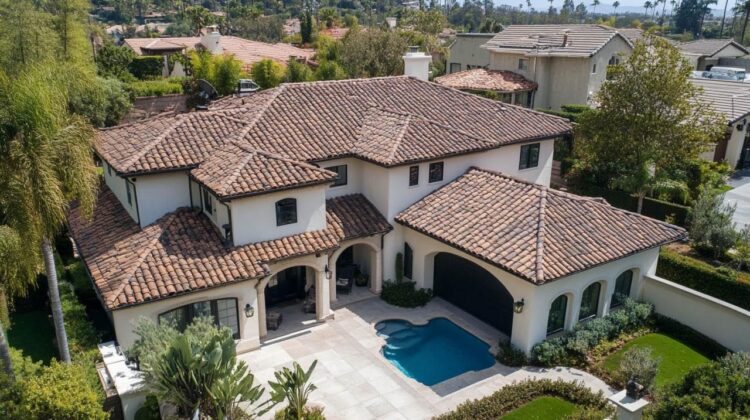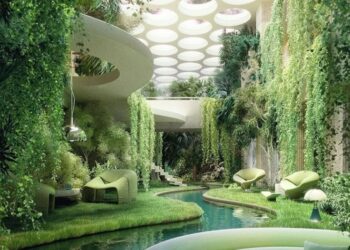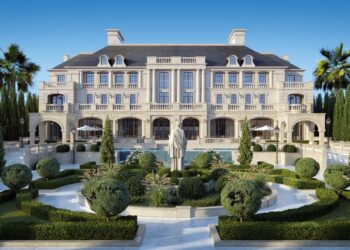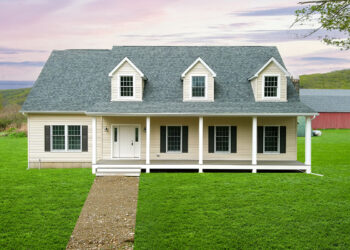Design Trends Boosting Property Value
The real estate market is a dynamic ecosystem where a property’s value is determined by a complex interplay of location, size, and condition. However, a silent but powerful factor is increasingly influencing a property’s worth: design. The aesthetic and functional choices made during a home’s construction or renovation can have a dramatic impact on its appeal, marketability, and, ultimately, its selling price. Simply put, a well-designed home is a more valuable home. This article will delve into the cutting-edge design trends that are not just fashionable but are strategic investments, proven to increase a property’s value and give it a competitive edge in today’s market.
Gone are the days when a fresh coat of paint and some new carpets were enough to fetch top dollar. Today’s discerning buyers, particularly those from a new generation of homeowners, are looking for more than just a place to live; they are seeking a sanctuary, a statement, and a smart investment. Their preferences are shifting towards spaces that are healthy, sustainable, technologically advanced, and emotionally resonant. Understanding and implementing these trends is key to unlocking a property’s full financial potential. We will explore the key design philosophies that are reshaping the real estate landscape, from a deep connection to nature to the seamless integration of smart home technology.
I. The Rise of Biophilic and Wellness-Centered Design
The modern world is stressful, and a home is increasingly seen as a refuge. A design trend that directly addresses this need is biophilic design, which integrates natural elements into the built environment. This is not just about aesthetics; it’s a science-backed approach that improves occupant health and well-being, making a property more desirable and valuable.
A. Seamless Indoor-Outdoor Living: The traditional barrier between a home’s interior and its surroundings is dissolving. Buyers are clamoring for designs that blur the line between indoor and outdoor spaces. This is achieved through expansive glass doors, floor-to-ceiling windows, and integrated courtyards or terraces. A kitchen that opens to a lush garden or a living room with a panoramic view of a natural landscape instantly feels more spacious and luxurious. This design choice is proven to boost a property’s value by creating a profound sense of connection to nature, a highly sought-after emotional benefit.
B. The Integration of Natural Materials: Authentic, natural materials are replacing synthetic ones. Designers are opting for exposed wood beams, natural stone countertops, and concrete floors. These materials have a timeless quality and a tactile richness that synthetic alternatives lack. They also tell a story and create a unique character in a home. The use of sustainable materials like reclaimed wood or bamboo further adds to a property’s appeal by demonstrating a commitment to environmental responsibility, a value that resonates deeply with modern buyers.
C. Designing for Health and Well-being: Today’s luxury is defined by health. Properties with design features that promote well-being are commanding a premium. This includes things like:
- Advanced Air and Water Filtration Systems: Built-in systems that ensure pristine air and water quality are becoming standard. This provides a clear health benefit and peace of mind for buyers concerned about environmental pollutants.
- Circadian Lighting: Lighting systems that mimic the natural rhythm of the sun, changing in color and intensity throughout the day, can improve sleep and overall mood. This technology is a subtle but powerful way to enhance a home’s value.
- Private Wellness Spaces: Dedicated areas for meditation, yoga, or a home gym are no longer just an extra; they are a core component of modern luxury. These spaces offer a clear lifestyle benefit that buyers are willing to pay for.
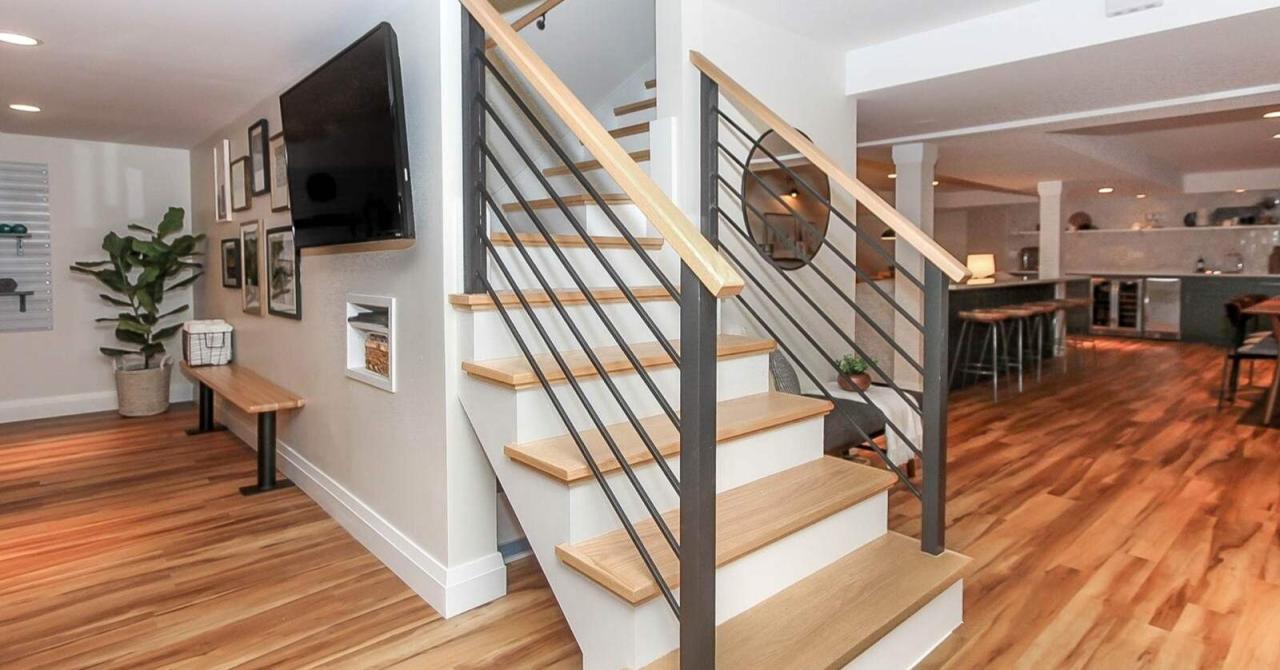 II. The Evolution of Sustainable and Energy-Efficient Design
II. The Evolution of Sustainable and Energy-Efficient Design
Sustainability is no longer a niche concern; it’s a global imperative. A property’s commitment to energy efficiency and environmental responsibility is now a key factor in its valuation. Buyers are looking for homes that are not only beautiful but also kind to the planet and their wallets.
A. Net-Zero and Passive Design: The ultimate goal of sustainable design is a net-zero property, which produces as much energy on-site as it consumes. This is achieved through a combination of on-site renewable energy, like solar panels, and a highly efficient building envelope. Homes with passive design elements—strategic window placement for natural light and ventilation, and superior insulation—drastically reduce a buyer’s long-term utility costs. This provides a clear financial incentive that is highly attractive to potential buyers.
B. Smart Energy Management: Technology is a key enabler of sustainability. Smart thermostats, automated lighting, and energy monitoring systems allow homeowners to track their consumption and make smarter choices. This gives buyers a sense of control and empowerment over their environmental footprint, a major psychological benefit that translates into higher property value.
C. Water Conservation and Landscaping: Water-wise landscaping, such as using native plants that require less irrigation, is a growing trend. Properties with efficient water management systems, like rainwater harvesting or gray water recycling, are seen as more responsible and resilient. This adds to a home’s overall value by demonstrating a holistic approach to sustainability.
III. Smart Home Technology as a Standard Feature
The days of smart home technology being a novel gadget are over. Today, it’s a seamless and integrated part of a modern home, enhancing convenience, security, and efficiency. A home without integrated smart technology is increasingly seen as outdated.
A. Integrated Automation: Buyers are looking for a unified smart home experience, not a collection of fragmented devices. A single system that controls lighting, climate, security, and entertainment from a smartphone or a single voice command is a powerful selling point. This level of automation simplifies daily life and adds a layer of sophistication that is highly valued.
B. Robust Security and Safety: Advanced security features are a key driver of property value. This includes smart locks, video doorbells, motion-activated cameras, and integrated alarm systems that can be monitored remotely. The peace of mind that comes with a secure, technology-enabled home is a major benefit for buyers.
C. High-Speed Connectivity: With the rise of remote work, a home’s connectivity is more important than ever. A property with a robust, pre-wired network infrastructure and multiple access points is a major selling point. It ensures flawless performance for everything from video conferencing to online gaming and streaming entertainment, a necessity for the modern buyer.
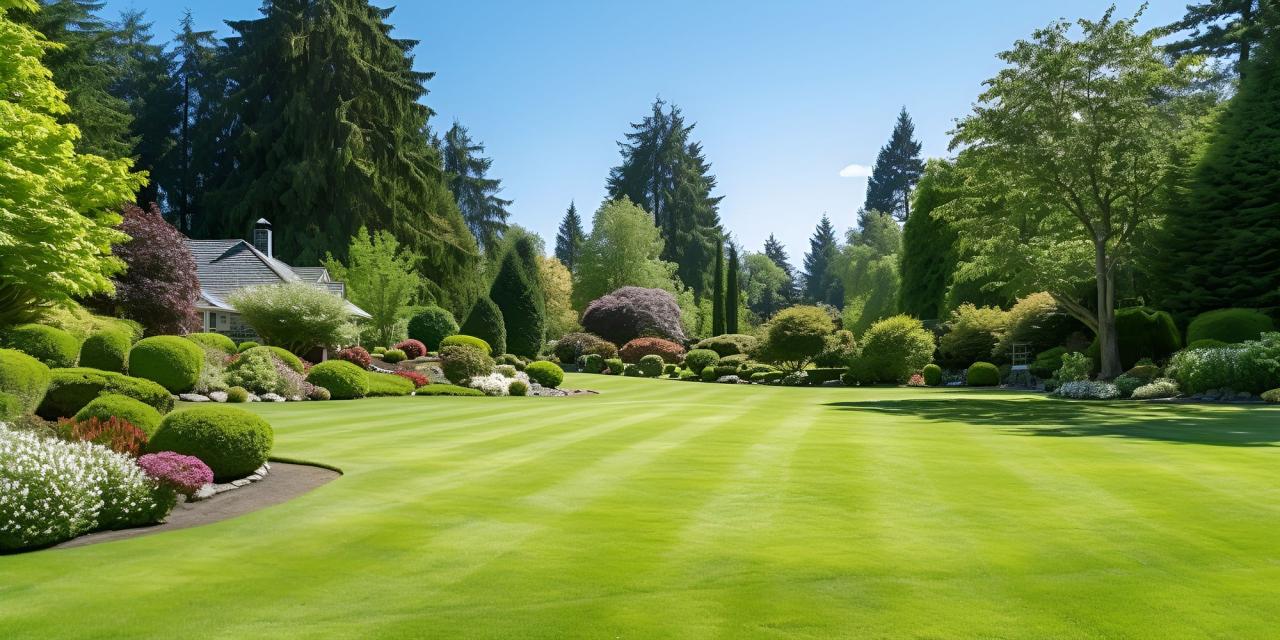 IV. The Shift Towards Experiential and Bespoke Design
IV. The Shift Towards Experiential and Bespoke Design
Today’s buyers are not just buying a house; they are buying a lifestyle and an experience. They want a home that is unique, functional, and deeply personal. This shift has led to a greater appreciation for bespoke and experiential design.
A. Curated and Customized Spaces: A home’s design should reflect the individuality of its owner. Modern design trends favor curated spaces with custom finishes, unique architectural details, and a focus on craftsmanship. For example, a custom-built wine cellar, a dedicated art studio, or a state-of-the-art home theater can transform a property from a commodity into a one-of-a-kind asset.
B. Versatile and Flexible Layouts: The post-pandemic world has accelerated the need for flexible home layouts. Buyers are looking for spaces that can serve multiple purposes. A room that can be a home office by day and a guest room by night, or a kitchen island that doubles as a workspace, adds to a home’s functionality and value. This adaptability ensures the property can meet the changing needs of its occupants.
C. The “Lived-In” Feel of Modern Luxury: The new luxury is not sterile or untouchable. It is warm, inviting, and designed for real life. This is reflected in the choice of comfortable materials, soft lighting, and spaces that encourage connection and community. A home that feels welcoming and authentic is more appealing to a wider range of buyers, and this emotional connection can lead to a quicker sale and a higher price.
Conclusion
The world of real estate design has moved beyond simple aesthetics to a more strategic, purpose-driven approach. The trends that are boosting property values today are not just about what a home looks like, but what it does: how it promotes health, how it minimizes environmental impact, and how it simplifies life through technology. For sellers and investors, embracing these design philosophies is not a matter of style but a matter of smart financial planning. By creating a home that is sustainable, smart, and a true sanctuary, you are not just building a property; you are building a valuable, future-proof asset that will stand out in a competitive market and command a premium for years to come.

